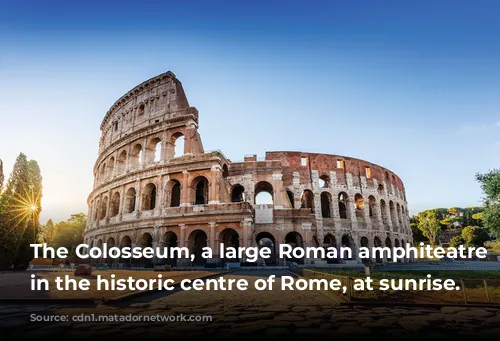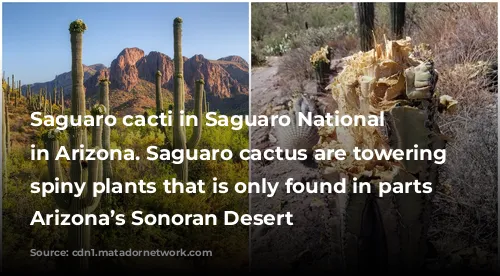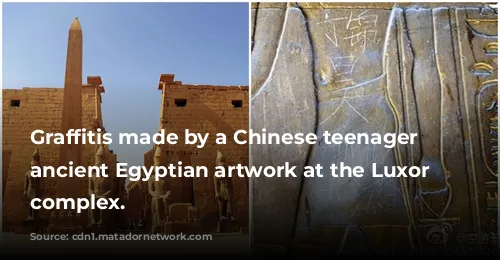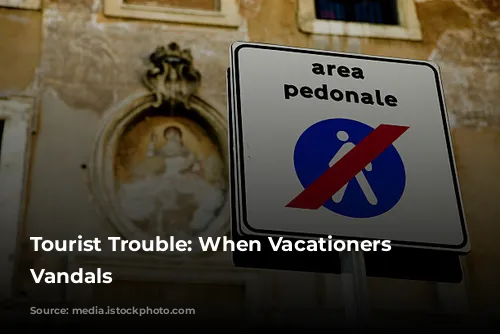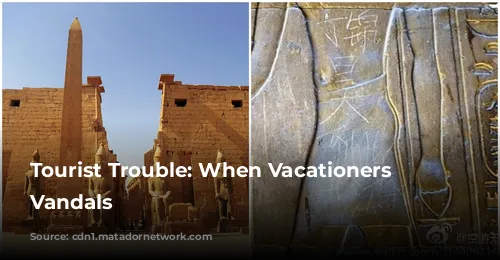Every year, millions of tourists flock to see the world’s most iconic landmarks and historical sites. But sadly, not every visitor respects these treasured places. Instead, some tourists choose to leave their mark – often in the form of defacement and destruction.
From ancient temples to modern sculptures, these acts of vandalism have inflicted lasting damage on the world’s cultural heritage. Let’s take a look at some of the most notable cases.

Ancient Sites Under Attack
Luxor Temple Graffiti
In May 2013, a shocking incident occurred at the Luxor Temple in Egypt. A 15-year-old Chinese teenager, identified as Ding Jihao, defaced a 3,500-year-old stone relief with his name. This act of vandalism was captured by another Chinese visitor who shared it on Weibo, a Chinese social media platform. The teenager was quickly identified and publicly shamed. His parents issued an apology to the Egyptian authorities and the Chinese people.
Colosseum Carvings
The Colosseum, a UNESCO World Heritage site in Rome, has also been a victim of vandalism. In 2020, an Irish man was caught carving his initials into a pillar on the Colosseum’s first floor. This wasn’t an isolated incident, as tourists have repeatedly defaced the 2,000-year-old Roman amphitheater. In 2014, a Russian tourist was fined a hefty sum for carving a large “K” on the Colosseum’s wall.
Easter Island’s Moai Defacement
In 2008, a Finnish tourist visiting Easter Island (Rapa Nui) committed a shocking act of vandalism. He broke off an earlobe from one of the centuries-old moai statues, which are carved out of volcanic rock. His excuse? He wanted a souvenir. The incident caused widespread outrage, with the then-mayor of Easter Island even suggesting the tourist have his own ear clipped off as punishment.

Modern Art and Monuments Targeted
Spray Painting The Bean
In Chicago, one of the city’s most iconic landmarks, The Bean (officially known as Cloud Gate), was vandalized with spray paint in 2019. A group calling themselves the “35th Street Crew” spray-painted “35th” and “crew” onto the sculpture’s surface. They also defaced a nearby memorial wall dedicated to cancer survivors, demonstrating a blatant disregard for public spaces and the community.
Saguaros Cut Down
Saguaro National Park in Arizona is home to the iconic saguaro cactus, a symbol of the Sonoran Desert. In 2020, eight saguaros were cut down along the Scenic Trail, likely for firewood. These cacti, which can grow up to 10 feet tall, take years to reach even a small size. This deliberate act of destruction not only damaged the environment but also impacted the ecosystem and the natural beauty of the park.
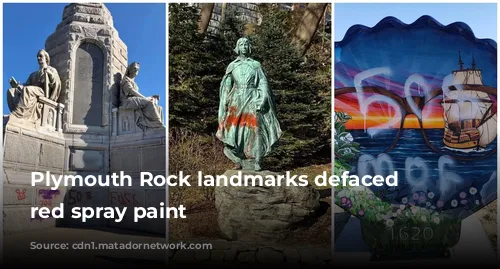
Tourist Misbehavior Around the Globe
These examples highlight the need for greater awareness and respect for cultural heritage sites. While these incidents may seem isolated, they are just the tip of the iceberg. Tourists have vandalized everything from the ancient temples of Thailand to the iconic landmarks of the United States.
As travelers, we all have a responsibility to act responsibly and show respect for the places we visit. These sites belong to all of us, and it’s our collective duty to preserve them for future generations.


